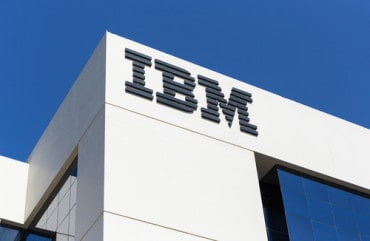
Companies that can leverage services that offer flexibility and adaptability are more likely to find success and create value in new markets.
The business landscape has undergone a sudden, unexpected transformation due to the COVID-19 pandemic. The impact of the outbreak has caught many businesses off guard. Many of them are finding it difficult to sustain and enhance business agility and scalability.
During the pandemic, many companies also realized they were incapable of scaling down their resources and operations to adjust to declining customer demands. The essential services sector also struggled to keep up with the unexpected surge in demand. There was a common factor across the companies that could not adapt to the fluctuating circumstances – they lacked one or more critical traits of the modern enterprise ecosystem. These three traits are agility, elasticity, and mobility. Here are ways businesses can enable these three traits.
See also: The Promises of Data Fabric in Digital Transformation
How elastic services help fuel business agility
Rapidly adjusting resources to address a dynamically changing environment is difficult for companies facing modern day challenges. Furthermore, due to the sudden outbreak of COVID-19, companies had to provision remote working solutions for employees in just a few hours. The presence of complex monolithic application architectures with limited capacity made it extremely difficult to enable agility. The sudden change in demand also put immense stress on existing resources, especially IT networks. Since these networks had never experienced such massive utilization levels, mobilizing resources was challenging, and this significantly affected the user experience.
Using elastic services to scale to meet demand effortlessly
Companies in all industries need to be agile to channel resources to the right services quickly. C-level executives can repurpose impacted operations to newer product lines or more strategic initiatives through careful planning and deep insight into business drivers. Companies that rely on a carefully designed cloud-native architecture can ensure seamless auto-scaling with minimum resources to manage the growth spurt.
Enabling enterprise mobility with flexible, collaborative and secure digital spaces
Although many IT leaders have been supplementing in-office activities with remote workplace capabilities, they may have never used them in practice at full-scale. Unfortunately, enabling full-scale enterprise mobility is not as easy as flipping a switch; it requires companies to make several technological, cultural, and behavioral changes. Therefore, to successfully drive this change, companies should engage with managed services providers that have expertise in designing a flexible remote setup and setting up the foundation for real-time collaboration.
The three-step approach to elastic services implementation
As the needs of different businesses vary, there is no one-size-fits-all strategy. However, embracing this three-step approach can ensure successful implementation of elastic services:
- Step 1 – Discover: Have a clear understanding of the business goals and what the organization is trying to achieve. Also, list down the potential risks and challenges that can hinder successful implementation.
- Step 2 – Analyze: Carefully evaluate the business goals and align them with the intended and expected outcomes. Carry out a detailed capabilities assessment against the existing architecture and map out demand versus usage patterns to find opportunities for modernization.
- Step 3 – Plan: Outline the implementation roadmap. Choose from the buy, build, or partner options to deploy and operationalize the modern ecosystem.
Embracing elastic services to enhance risk-tolerance and improve growth prospects
There will be a time when the current crisis subsides, and organizations can return to growth. Building and optimizing a modern infrastructure now across the organization also affords future risk-tolerance for value-creation initiatives, such as:
- Existing market upsell – continuous delivery of new features and capabilities.
- New market expansion – rapid delivery of new products and services.
Opting for a risk-managed strategy can help a great deal in aggressive growth initiatives. Companies that can adjust based on predictive metrics can double down or fail fast. Those who can leverage the flexibility and adaptability to their operations are more likely to find success and create value in new markets.



























